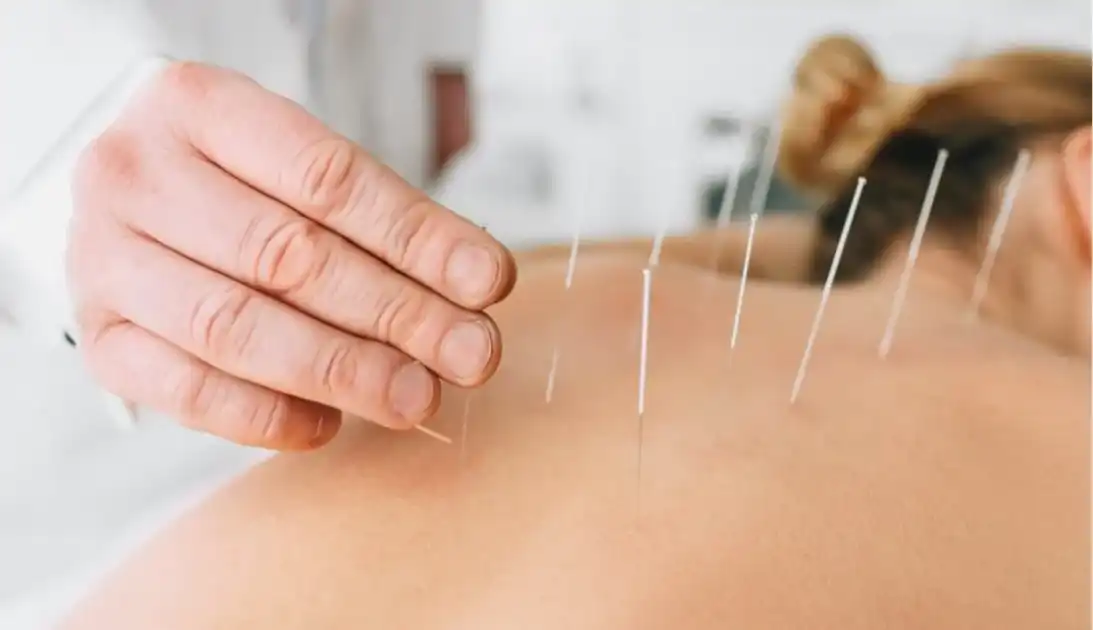Are you struggling to understand the differences between tendinitis and tendinosis? This post explains the unique features of both tendon issues. You will learn what tendinitis and tendinosis are, identify key differences, and discover why knowing these distinctions ma
Dealing with hip pain is a frustrating experience that can mess with everything you love doing — from running, lifting weights, or even just walking around the house. Maybe you’ve tried stretching, heat, ice, massage… and still, that deep ache or sharp pinch lingers. That’s where dry needling comes into play. At Accelerate Therapy and Performance, we’re big believers that understanding your pain is the first step toward lasting relief. If you’ve been curious about whether dry needling can help your hip pain, you’re in the right place.
Understanding Hip Pain and How Dry Needling Works
First things first — your hip is an incredibly complex joint. It’s a ball-and-socket structure designed to bear your body’s weight and allow a huge range of motion. But because it’s constantly working, it’s vulnerable to all sorts of stress, strain, and injury.
When muscles around the hip (think glutes, hip flexors, piriformis, and even the lower back) get tight, irritated, or develop what’s known as “trigger points,” they can cause significant pain. Dry needling targets those hyper-irritated spots by inserting a thin, monofilament needle directly into the muscle. Unlike acupuncture, which follows traditional Chinese medicine philosophies, dry needling is rooted in modern Western medical research and focuses purely on muscle dysfunction and pain relief.
Common Causes of Hip Pain We See Every Day
At Accelerate Therapy and Performance, we’ve treated a lot of different causes of hip pain using dry needling. Some of the most common include:
Muscle Strains and Overuse Injuries: Athletes, weekend warriors, and even desk workers can strain the muscles that support the hip without realizing it. Repetitive movements and poor posture can build up tension over time.
Tendonitis and Bursitis: When tendons or the bursae (small fluid-filled sacs that cushion your joints) get inflamed, they can cause serious discomfort. Dry needling can help by releasing tight muscles that are pulling unevenly on your joints.
Structural Issues: Problems like hip impingement, labral tears, and even arthritis can create muscle guarding — your body’s way of trying to “protect” itself. Ironically, this guarding can cause even more pain.
Nerve-Related Pain: Sometimes, hip pain isn’t strictly muscular. It could be tied to nerve compression like sciatica. Dry needling can help reduce surrounding muscular tension, taking pressure off irritated nerves.
Lifestyle Factors: Weight gain, poor ergonomics, or imbalances from previous injuries can all add up over time.
How Hip Pain Is Diagnosed
Self-diagnosing hip pain can be tricky. Is it the joint? The muscles? A nerve? To figure it out, start by asking yourself:
- Does the pain get worse with activity or prolonged sitting?
- Do you feel stiffness or weakness in your hip or leg?
- Is there a “catching” or “locking” feeling inside the joint?
While self-assessment is a good start, professional evaluation is key. At Accelerate Therapy and Performance, our team takes you through a thorough clinical assessment, checking strength, flexibility, movement patterns, and sometimes recommending imaging if needed. If you’re experiencing symptoms like sudden severe pain, inability to move your hip, signs of infection (like redness or fever), or pain after a major trauma, it’s critical to seek medical care immediately.
Treatment Options: Why Dry Needling Stands Out
Dry needling is one of several treatment methods, but it’s quickly becoming a go-to option because it gets to the root of the problem fast.
How Dry Needling Helps:
- Releases tight muscles and “resets” them to a normal state
- Improves blood flow, helping tissues heal more efficiently
- Reduces pain by interrupting nerve signals
- Restores normal movement patterns
Many clients notice improvement after just one or two sessions. However, we often combine dry needling with other techniques like manual therapy, corrective exercise, and strength training to create a holistic recovery plan tailored just for you.
We believe that treating just the symptoms isn’t enough. That’s why our therapists at Accelerate Therapy and Performance take the time to address the underlying cause of your hip pain so you can get back to what you love — and stay there.
Home Remedies and Other Treatments
If you’re not quite ready to schedule an appointment yet, there are some things you can try at home:
- Gentle stretching of the hip flexors, piriformis, and glutes
- Ice packs for acute inflammation; heat for chronic tightness
- Strengthening exercises for your core and hips
But — and this is a big but — if your pain has been sticking around for more than a few weeks or getting worse, it’s time to bring in the pros. Waiting too long can make things harder to treat down the road.
How to Prevent Hip Pain Moving Forward
We’re all about keeping you moving — not just getting you out of pain temporarily. Here are some prevention tips:
- Regular mobility work: foam rolling, dynamic stretching, yoga
- Strength training that includes single-leg exercises like lunges and step-ups
- Pay attention to posture, both at work and during workouts
- Smart training: avoid too much too soon, especially with running or HIIT programs
Most importantly, listen to your body. Small aches are warning signs, not something to “tough out.”
Book Your Dry Needling Appointment Today
If you’re tired of living with hip pain and ready to finally feel like yourself again, dry needling at Accelerate Therapy and Performance could be the game-changer you’ve been looking for. Our experienced team knows how to identify the source of your pain, create a customized treatment plan, and help you get back to doing what you love — without limitations.
Don’t let hip pain control your life. Contact Accelerate Therapy and Performance today and let’s get you moving again, stronger and better than before.



